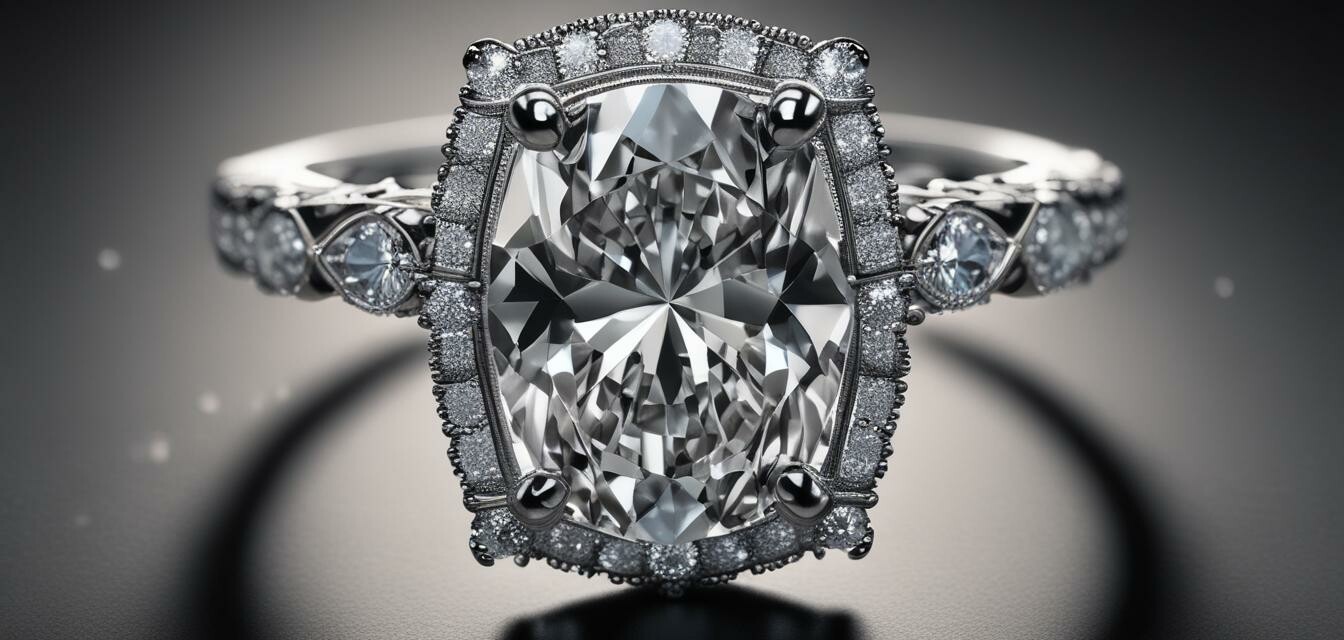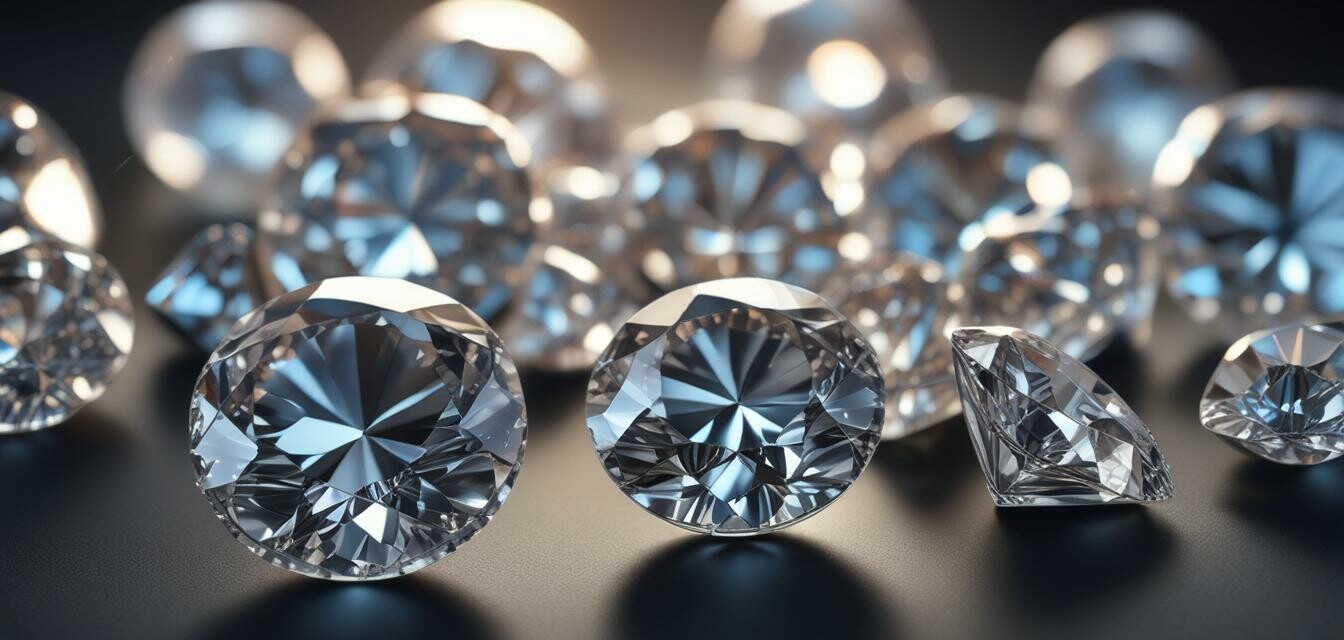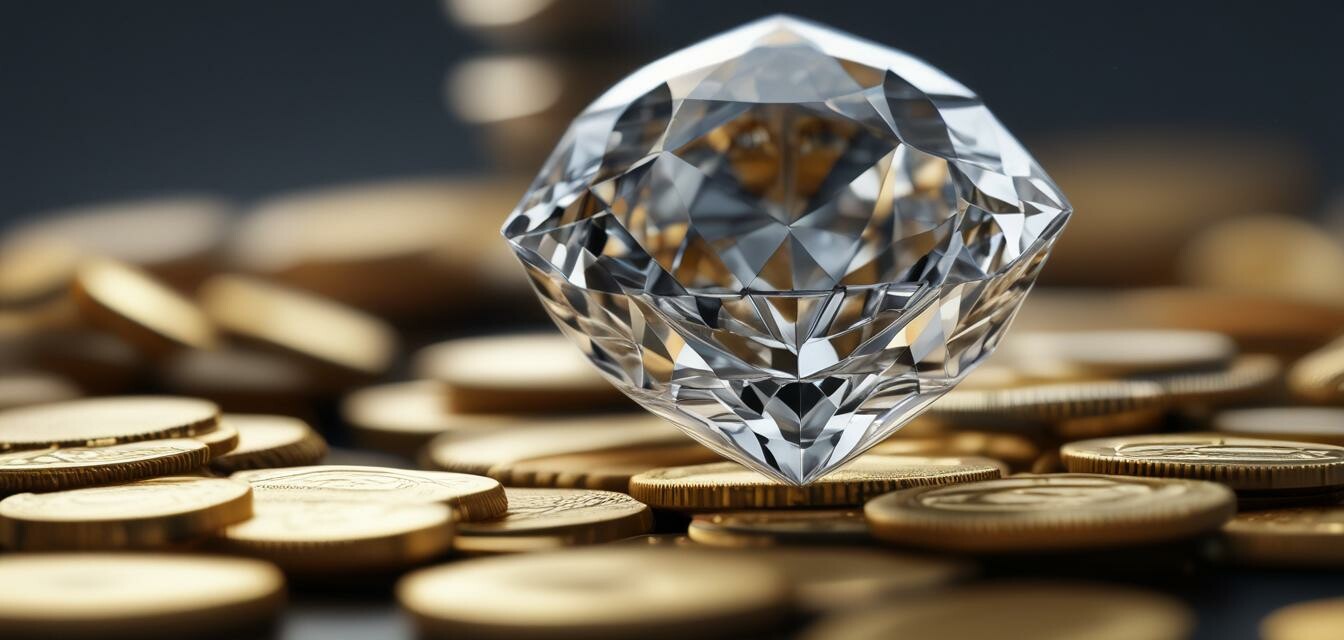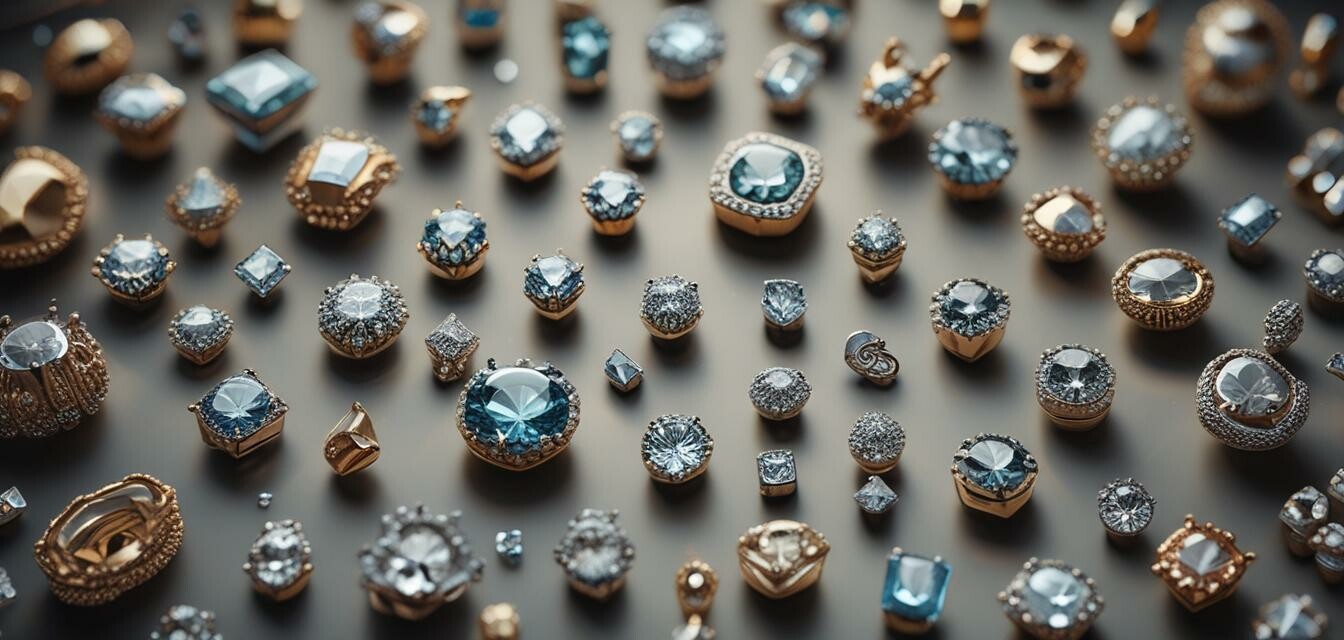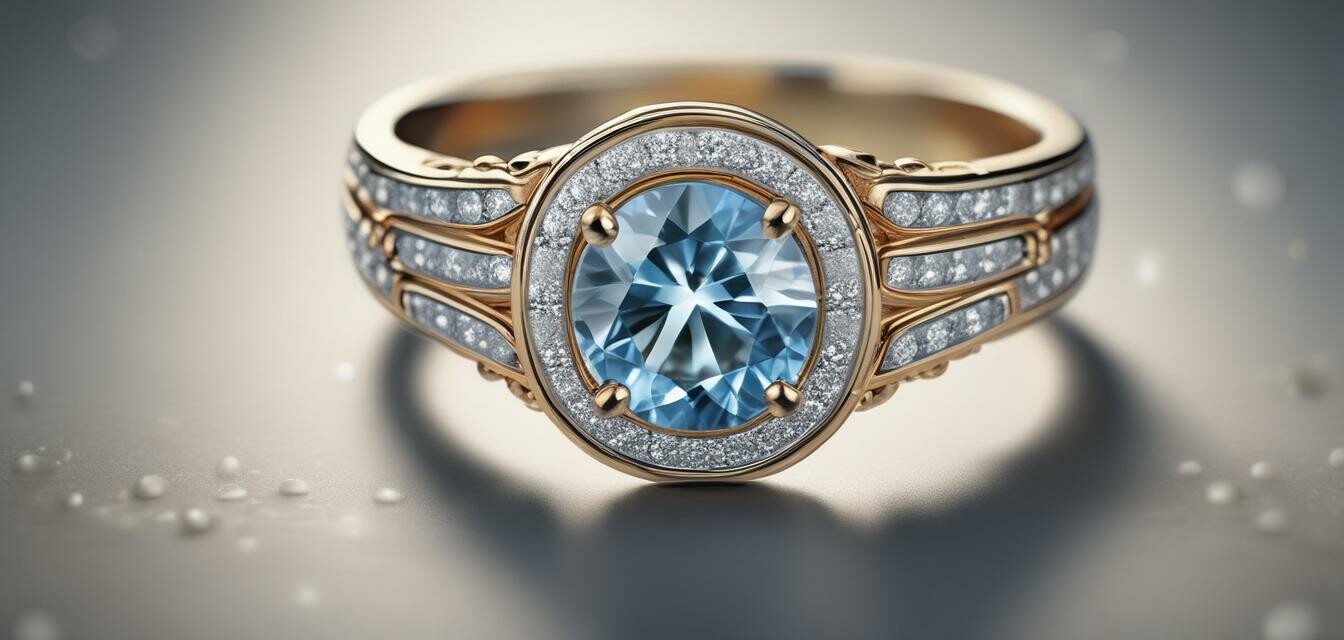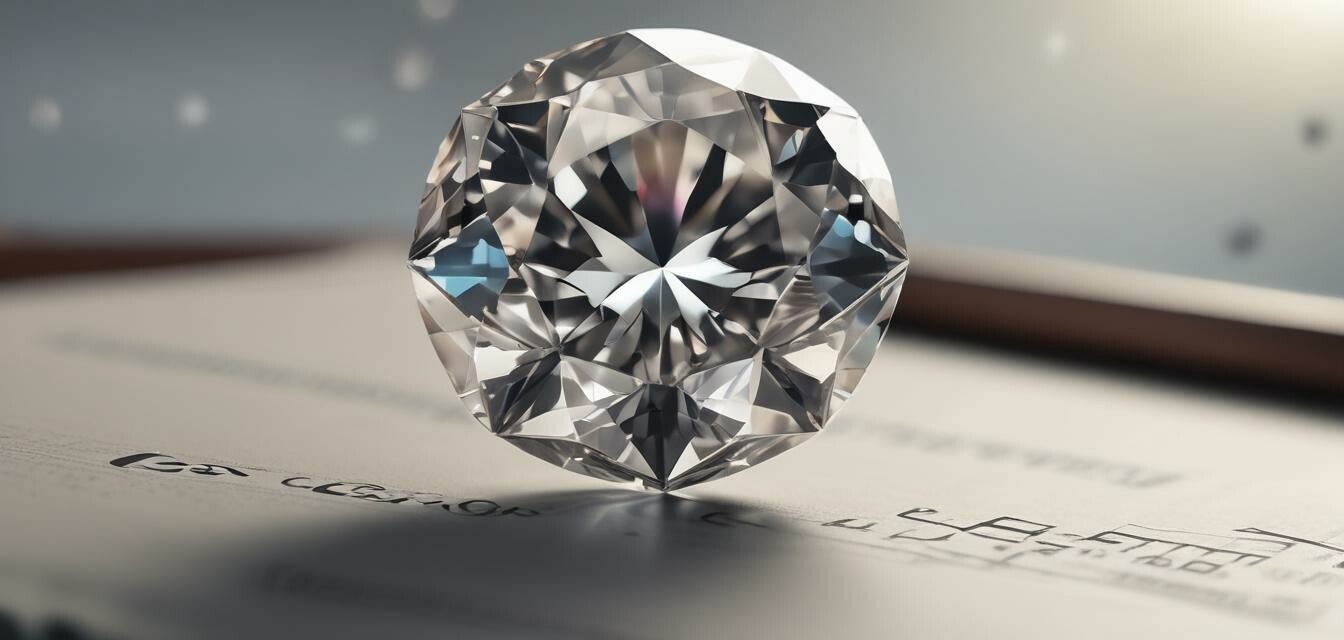
Diamond Grading: Understanding the 4Cs and Beyond
Diamond grading is a complex process that determines the quality and value of a diamond. But what does it entail, and how does it impact the price of your sparkling gemstone? In this comprehensive guide, we'll delve into the world of diamond grading, exploring the 4Cs and beyond.
Key Takeaways
- Diamond grading is a standardized process that evaluates a diamond's carat, color, clarity, and cut.
- The 4Cs are the foundation of diamond grading, but other factors like certification, fluorescence, and proportion also play a role.
- Understanding diamond grading is crucial for making an informed purchase and ensuring you get the best value for your money.
The 4Cs: The Foundation of Diamond Grading
The 4Cs – carat, color, clarity, and cut – are the cornerstone of diamond grading. Each C represents a unique aspect of a diamond's quality and value.
| C | Description |
|---|---|
| Carat | Weight of the diamond, with larger diamonds being more rare and valuable. |
| Color | Graded on a scale from D (colorless) to Z (light yellow or brown), with colorless diamonds being more rare and valuable. |
| Clarity | Measures the presence or absence of inclusions (internal flaws) and blemishes (external flaws), with higher clarity grades indicating fewer imperfections. |
| Cut | Evaluates the diamond's proportions, symmetry, and polish, with well-cut diamonds refracting light better and appearing more brilliant. |
Beyond the 4Cs: Additional Factors in Diamond Grading
While the 4Cs provide a solid foundation for diamond grading, other factors can impact a diamond's quality and value.
- Certification: A diamond's certification from organizations like the Gemological Institute of America (GIA) or the International Gemological Institute (IGI) can increase its value and authenticity.
- Fluorescence: The presence or absence of fluorescence, which can affect a diamond's appearance under ultraviolet (UV) light.
- Proportion: The relationship between a diamond's dimensions, including its length, width, and depth.
- Polish and Symmetry: The quality of a diamond's polish and symmetry can impact its overall appearance and brilliance.
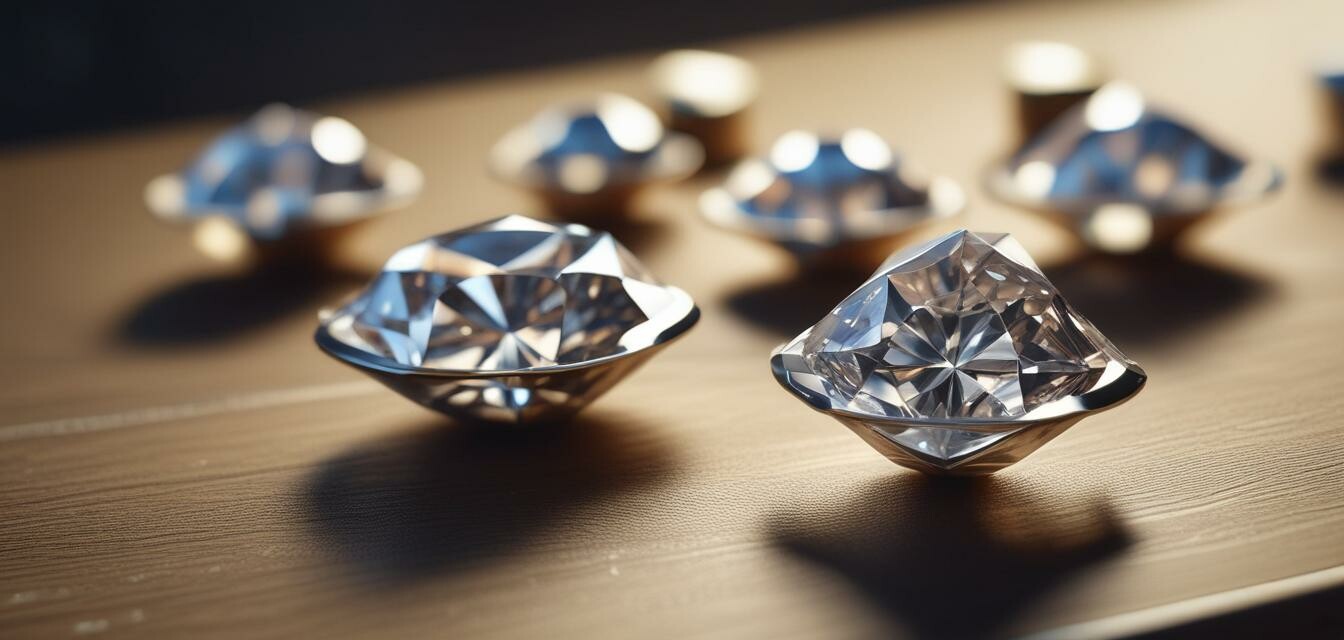
How Diamond Grading Affects Value
A diamond's grade can significantly impact its value. Even small variations in the 4Cs and other factors can result in substantial price differences.
| Factor | Impact on Value |
|---|---|
| Carat | A 1-carat increase can result in a 10-20% price increase. |
| Color | A single grade improvement in color can result in a 5-10% price increase. |
| Clarity | A single grade improvement in clarity can result in a 5-15% price increase. |
| Cut | A well-cut diamond can increase its value by 10-20% compared to a poorly cut diamond. |
Pros of Understanding Diamond Grading
- Makes informed purchasing decisions
- Ensures you get the best value for your money
- Helps you identify high-quality diamonds
Cons of Not Understanding Diamond Grading
- Makes you vulnerable to overpricing or misrepresentation
- Leads to disappointment or regret with your purchase
- Can result in a lower resale value
Conclusion
Diamond grading is a complex process that requires a deep understanding of the 4Cs and beyond. By grasping the intricacies of diamond grading, you'll be better equipped to make informed purchasing decisions and ensure you get the best value for your money.
Ready to explore the world of diamonds and jewels? Browse our collection of engagement rings, earrings, and bracelets and bangles to find the perfect piece for you or your loved one.
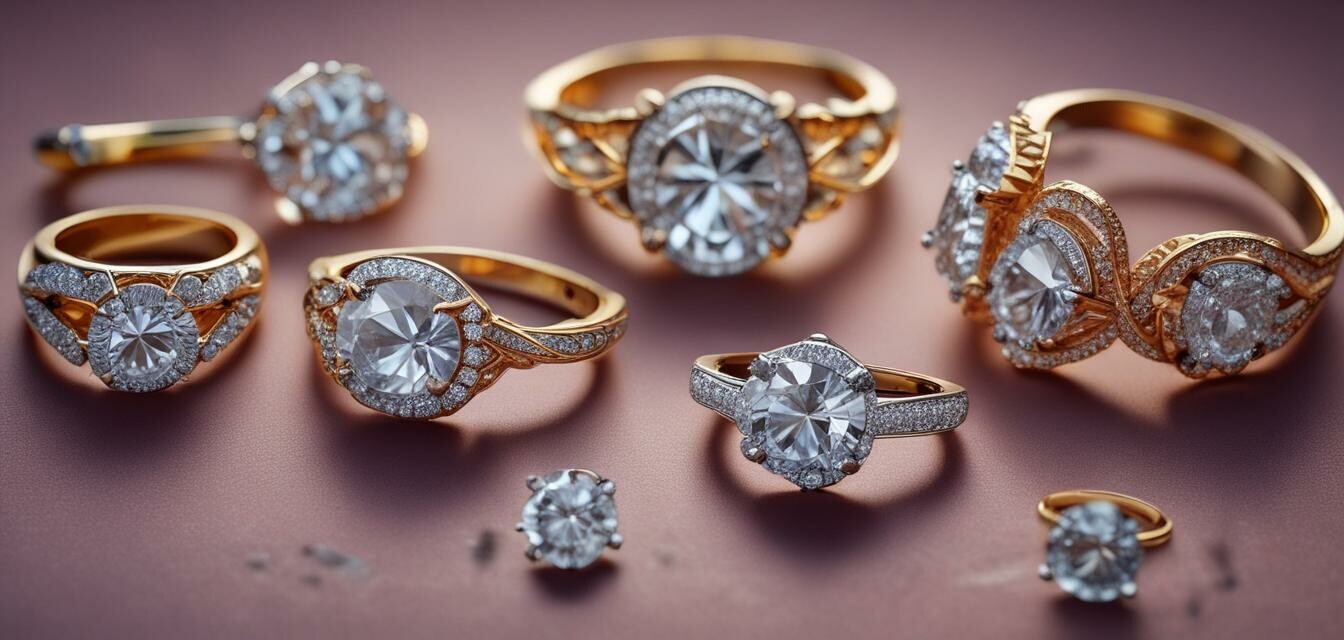
For more information on diamonds and jewelery, check out our guides on luxury watches and necklaces and pendants.

